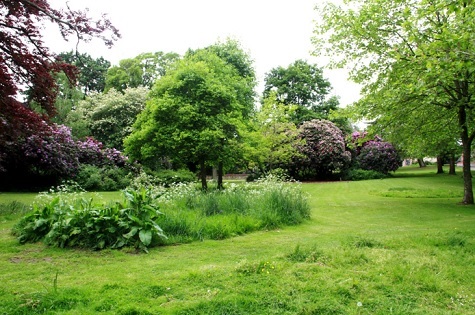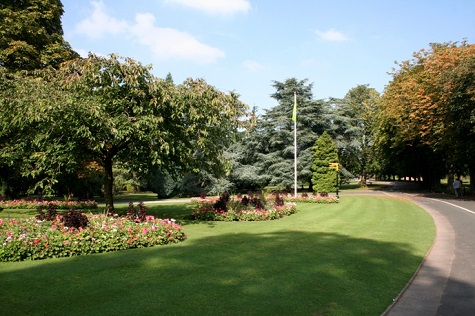Driving around my local borough recently, it’s clearly noticeable that a lot of grassed areas have not been cut.
This raises the question in my mind - is this because ground conditions are saturated or is it because councils are having to find further savings due to the severe cuts in their annual budgets?
There has been plenty of reporting in the news regarding local authorities saying they are facing bankruptcy in the coming months and have asked the Government to provide them more cash or they may risk going bankrupt.

Also a new survey on the state of local authority parks and greenspace services conducted by APSE has found 74% are expecting budget cuts of over 5% in the coming five years, with 40% expecting cuts of over 10%.
The survey, conducted annually by the Association for Public Service Excellence (APSE) and now in its fourteenth year, found that 78% of those surveyed said budget cuts have led to reduced maintenance and an increase in unmaintained land.

For me, as an ex-parks manager, it is a worrying time for these dedicated parks professionals who themselves are seeing the demise of the traditional working practices in parks and public open spaces.
Most parks departments have in the last twenty years been devolving a lot of their assets to make savings. Many sports facilities (bowls, cricket, football, tennis ) have been closed or given to the clubs to maintain. Countless greenhouses have been demolished and a lot of local authorities have also stopped planting spring and summer bedding schemes. This is combined with the reduction in mowing regimes and end of season renovations.
We are seeing many local authorities using the term rewilding, aptly, for the practice of not mowing grass areas that were once cut on a regular basis. I don't have a problem with this as long as it suits the environment and location and it is not used as an excuse for lack of maintenance.

When I started as a parks apprentice doing a five year City & Guilds course in 1972, most local authorities had greenhouses, grew their bedding plants and had a plethora of sports facilities to maintain with dedicated greenkeepers and gardeners in every park.
I believe the demise of parks and public open spaces started when the Compulsive Competitive Tendering act came into force in the 1980s. Between 1980 and 2000, local authorities in the UK were required by the Local Government, Planning and Land Act 1980, and later by the Local Government Acts of 1988 and 1992 to demonstrate competitiveness in procurement through a statutory Compulsory Competitive Tendering (CCT) procedure regulated by the Secretary of State.
It effectively changed the way we had to manage our parks. The net result was we saw the demise of parks departments that often were consolidated into larger organisations such as street cleaning and highways departments and over time many parks’ managers lost their voices. Subsequently, over the years, the standards of parks management changed dramatically.

Often change is inevitable of course, and the formation of the National Lottery in 1994 paved the way for the opportunity for funding to repair the damage done by CCT.
Since 1996, over £900m of National Lottery funding has been awarded to more than 900 UK public parks for capital works and public engagement activities. It certainly been a lifeline and has helped many local authorities to keep their main parks open.
However, for me, the issue is getting Government to make parks a statutory service, thus allowing appropriate maintenance funding to be assigned, ensuring the future of these parks.
As a member of the Parks Management Association, chaired by the brilliant Paul Rabbits, we have for several years tried to influence the Government’s opinion of value of parks. Alas, we are still trying. It is so difficult to find support for our concerns.
I firmly believe the value of any principal park and public open space, especially in a city, is priceless. We must continue to find the budgets to maintain these valuable assets.
They are also effectively the potential training grounds for the next generation of gardeners and grounds practitioners. It is essential the budgets are available to maintain these public parks for future generations.